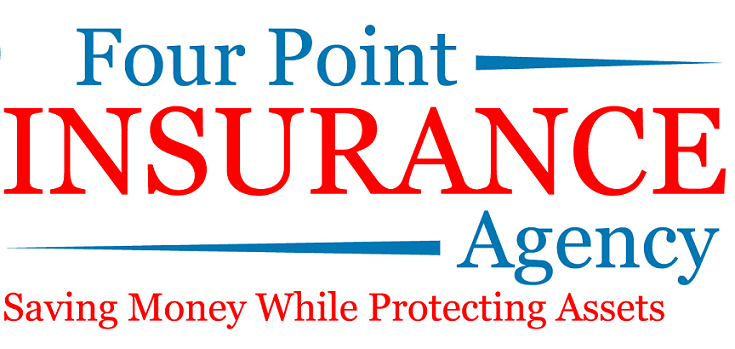3 key strategies to mitigate construction supply-chain risk

The construction industry has never seen the kind of challenges we face today. From volatile storm systems to labor shortages to the unexpected onset of the global COVID-19 pandemic, construction risk managers face an unprecedented number of complex exposures – all in the wake of rising insurance premiums due to a hardening market .
In a world riddled with unforeseen complications, how can contractors mitigate risk across their supply chains? Learn three strategies risk managers can implement to help safeguard business continuity and maintain relationships, no matter what the future holds.
1. Automate with technology
In a complex, globalized world, it can be difficult to monitor supply chain risks. But when your business continuity depends on timely access to critical resources and products, being knowledgeable about weak points in your supply chain is crucial.
To boost efficiency and monitor risks, many companies rely on building information management (BIM) software. These programs allow project managers to automate risk monitoring in the supply chain. But according to Ben Beauvais, Construction Distribution Officer at Liberty Mutual Insurance, taking steps to identify, test, and implement this technology isn’t enough. Managers need to be strategic and systematic to gain buy-in so that all partners are utilizing software consistently. Beauvais says: “If not rolled out correctly, BIM has the potential for undisciplined adoption. But if not all contractors are on the BIM platform, a project can easily fall out of sequence even though it has been well mapped out and documented.”
Automating risk-monitoring can save time and money. But don’t forget to do the up-front work of establishing systems and processes to help ensure timely and accurate reporting across your network.
2. Analyze contracts
From a liability standpoint, contracts play an essential role in supply-chain risk management. By analyzing contracts and adjusting based on current challenges – like the financial and logistical impact of the global pandemic – contractors can add contingencies to help protect them against cancellations and delays.
Britt Sellers, RVP, Primary Casualty at Ironshore Insurance Services, says: “From a project execution standpoint, fundamental analysis of a contract would include an in-depth assessment of counterparty risk, and confirmation of clear delineations of responsibilities, as well as clear outlines of potential delays and partnering contingency plans.” If, for example, a subcontractor has more limited insurance coverage due to the pandemic and the current hard market, risk managers can identify these areas and add contingencies to protect them against liability concerns.
Sellers advises risk managers to remember: “every construction project is unique.” Before signing a contract, make sure you’ve taken into consideration all areas of potential risk, from environmental concerns to changes in subcontractor policies.
3. Prioritize communication
The final step in mitigating supply chain risk is straightforward, but often overlooked: clear communication. Dominic Corigliano, VP Professional Lines at Ironshore, notes: “In professional lines, communication to shareholders, other key stakeholders, and employees is absolutely essential.”
For example, in the current environment notes Corigliana, “We are seeing delays in starting construction projects and even cancellations, which can lead to supply chain disruptions and financial stress for project owners, contractors, and subcontractors.”
In these situations, not only will strong communication help with business continuity, “it will also help different parties mitigate their professional risks, especially as it relates to directors and officers liability, employment practices liability, and fiduciary liability insurance.”
COVID-19 has thrown a wrench in construction projects across the globe – in situations like this, thoughtful communication is often the only tool available to maintain strong working relationships, even in times of hardship.
Corigliano adds, “Companies need to share what protocols and procedures they’re putting in place in order to protect their employees and their shareholders.” Having clear policies reassures employees and partners that you can weather the storm.
A proactive approach
In the current economic climate, it can feel like we are forced into a reactive, rather than proactive, position. But with these strategies in place, construction risk managers can be better equipped to protect their project from current concerns and future liability – all while maintaining strong relationships across the supply chain.

Comments are closed